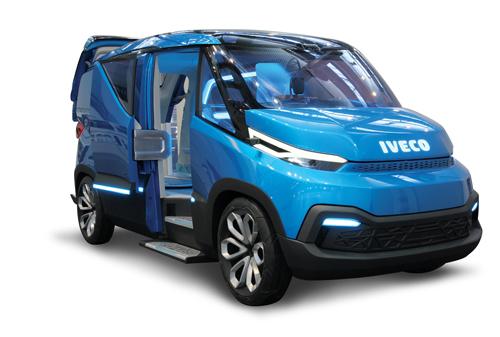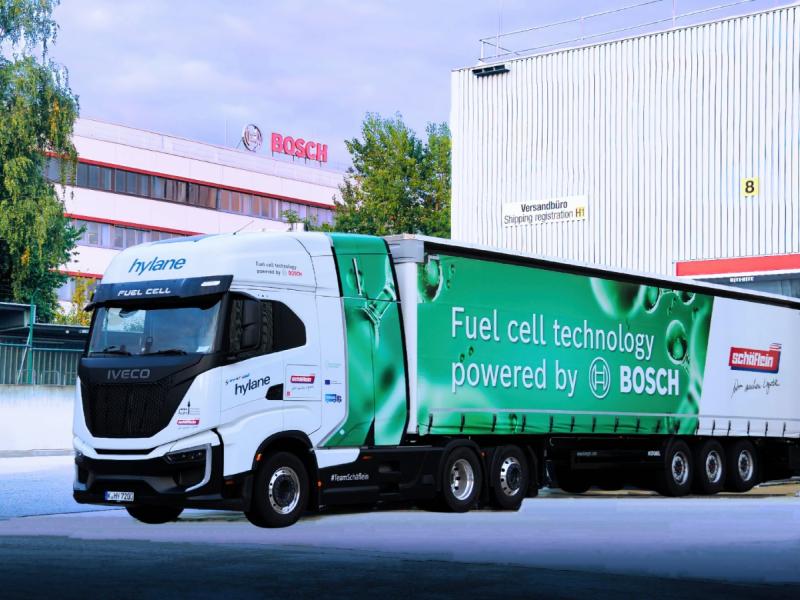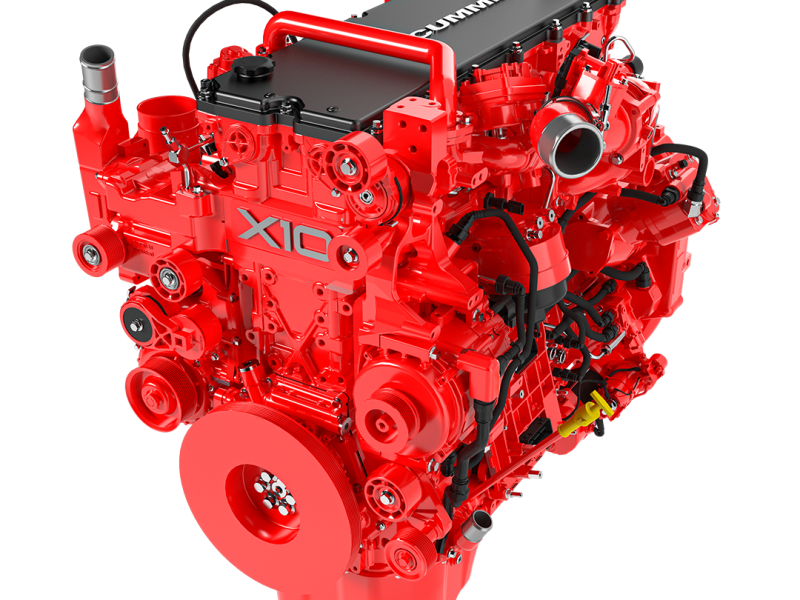Iveco has demonstrated its expertise in research and development under its “Iveco Vision” strategy, a programme that sees the organisation investing heavily in new, cutting-edge technologies to meet the anticipated future demands that will be placed on commercial vehicles.
Iveco Vision is focused on providing low environmental impact mobility, an idea that is embodied in a new concept vehicle that features a range of innovative technologies and transport solutions.
The concept stemmed from Iveco’s “Dual Energy” technology that demonstrated many new potential technologies that could be applied to light commercial vehicles of the future.
Iveco Vision builds on the Dual Energy system, a technology which uses two different power sources: electric and hybrid thermoelectric.
The electric technology ensures zero exhaust emissions and low noise levels. The hybrid system is best for longer journeys, while still offering reduced fuel consumption and CO2 emissions by up to 25 percent compared to conventional vehicles.
The Dual Energy platform uses a specific transfer unit that couples the electric motor with the transmission shafts, providing a hybrid solution that also functions as an adaptive traction system with real-time energy management.
Based on road and traffic conditions, the vehicle selects the most suitable power source – hybrid mode provides greater speed and range on intercity routes, while the electric mode allows unrestricted, no-emission driving in metropolitan areas.
As a natural evolution of the Dual Energy project, Iveco redesigned the vehicle’s frame, body, interior and user interface, resulting in Iveco Vision.
Drivetrain aside, the project also focused on exploring three new technologies: a new adaptive Human/Machine Interface, an overall design element promoting total visibility and a new fully automatic load management system.
In accomplishing its design objectives, the vehicle features a high integration tablet, which communicates with the on-board electronics.
For greater visibility, ample glazed surfaces and see-through front pillars guarantee unrestricted vision from the cabin – while the rear camera’s display is shown on a panoramic screen on top of the windshield.
Capping off the design objectives is a load management system that uses a series of sensors to identify the load and then indicate the correct positioning of each parcel within the vehicle, triggering containment devices which prevent the movement of larger packages.
Besides protecting the goods from damage, improved space management also makes loading and unloading faster, leading to obvious efficiency gains.
Iveco Vision is a test bed for the study and development of new technology and represents the natural evolution of Iveco’s light commercial vehicle range.
Reader Reply 01506041






